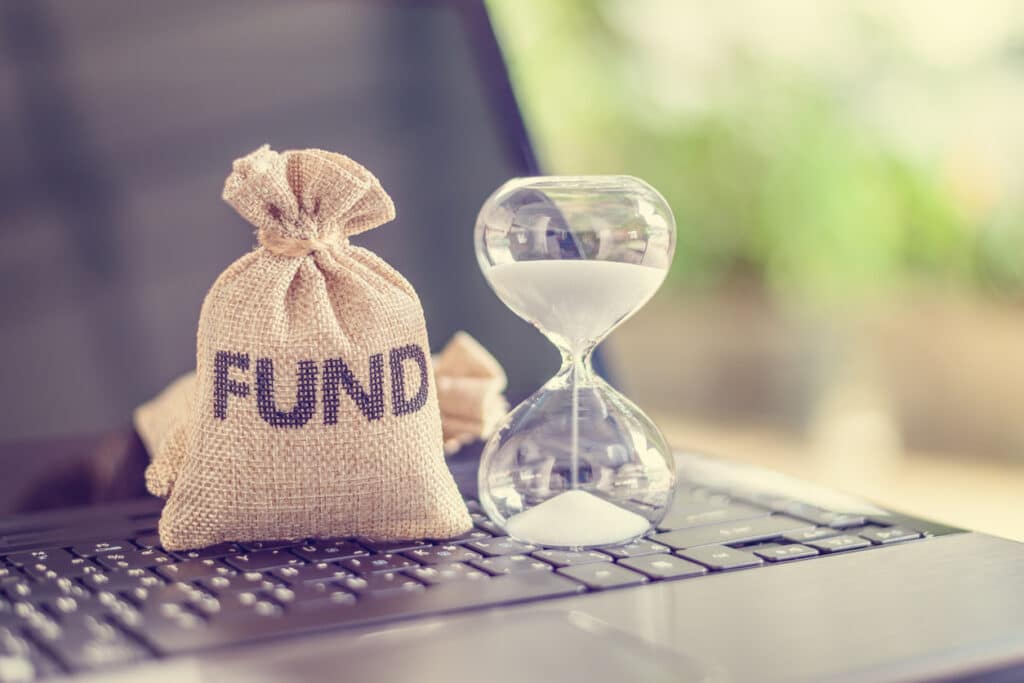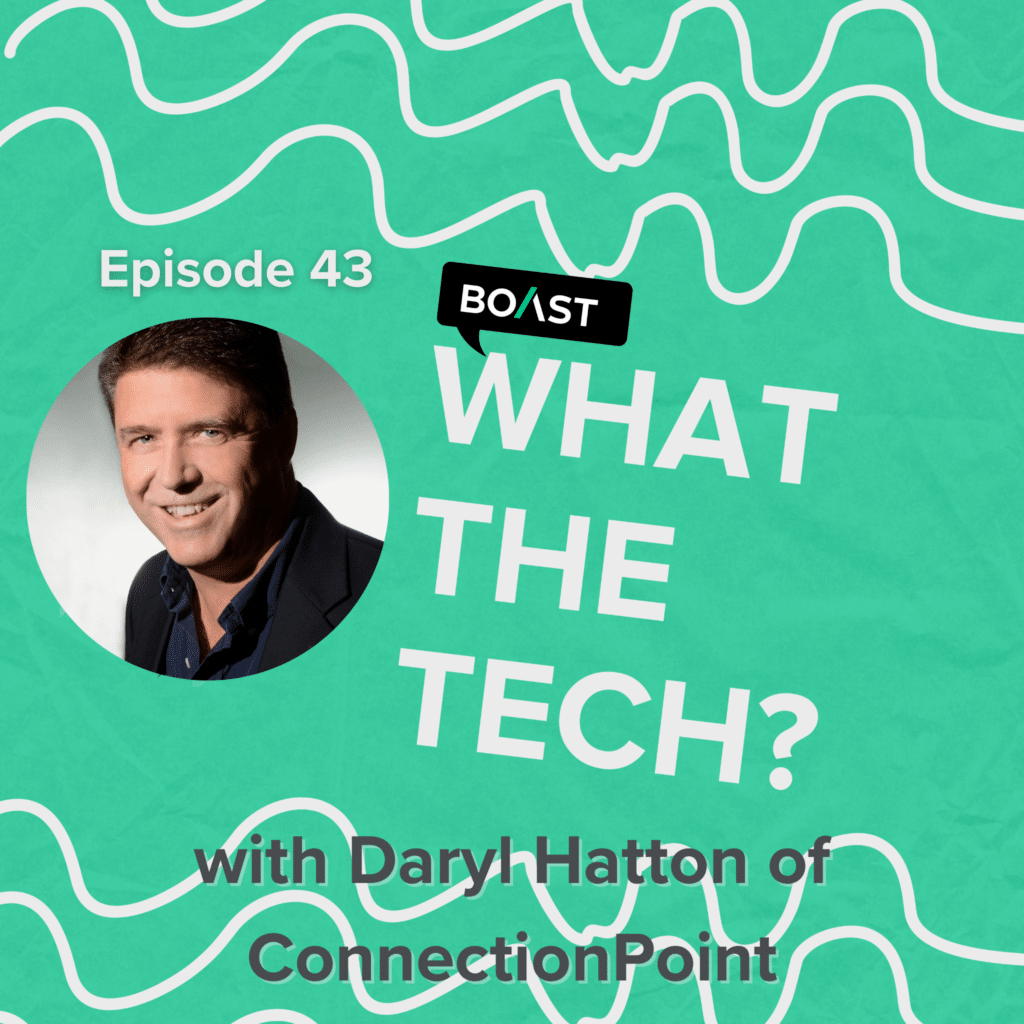Venture capital (VC) plays a huge role in driving innovation across the United States and Canada. By investing in new ideas, they give founders the capital (and confidence) to design products and solutions that can transform markets and invigorate workforces.
There are a wide variety of funds that startups can explore to help fuel their runway at any stage of their growth. There’s also significant overlap in the form and function of the many funding mechanisms most commonly used to launch new ventures.
These agreements can take many shapes, and may be complemented (or even characterized) by additional kinds of funding, including:
- Accelerator Funds
- Angel Syndicates
- Corporate Venture Capital (CVC)
- Evergreen Funds
- Family Offices
- Foundations
- Fundraising Platforms
- Government Funds
- Growth Equities
- Impact Funds
- Revenue Based Funds
- Sovereign Wealth Funds
- University Affiliated Funds
- Venture Studios
In this post, we’re discussing Institutional Venture Capital funds, which are formally organized and professionally managed agreements. They’re usually structured as closed-end, limited partnership arrangement, where investors participate passively (ie. as ‘limited partners’ or LPs) while a ‘general partner’ manages the business affairs of the relationship, or delegates these duties to a designated Fund Manager.
As a closed-end agreement, many traditional VC partnerships have a term of roughly 10 years, though (and it bears repeating) every agreement is custom, and timelines can vary significantly. Over the course of this engagement, the Fund Manager will execute various duties, including:
- Raising capital for the fund
- Designating investment allocations (within the confines of constating documentation)
- Monitoring (and holding) existing investments
- Disposing (or cashing out) of the fund’s investments
- Paying the fund’s investors with the proceeds
All of these activities will take place throughout the lifecycle of the fund, which can generally be mapped to five stages. While there is overlap in all of these scenarios (and ideally most startups won’t make it to the Early Termination stage, though they should be aware of related provisions), healthy VC partnerships generally take this arc as businesses move from the launch stage though to profitability.
To learn more about Technology Readiness Levels, check out this blog.
Stages of VC Lifecycle
- Marketing the fund
The first stage of a VC engagement is the Marketing stage. At this point, the Fund Manager markets the fund via private presentations (ie. a confidential offering memorandum or a more standard investor presentation) to solicit potential investors and raise capital.
The Fund Manager is generally in lock step with the fund’s legal counsel to subscribe units or interests and prepare the documentation that cements a formal partnership agreement. Along with an offering memorandum and the aforementioned limited partnership agreement, this documentation can include subscription agreements, management agreements, side letters and any investor presentations used to foment support.
A fund will graduate from the marketing stage as of a “final closing date,” which is when the fund wraps up the admission of new investors. This process kicks off with an “initial closing” and generally welcomes new investors via multiple “subsequent closings” over the course of six-to-12 months.
As a result, once the fund has concluded raising capital, it moves on to the Commitment Period or investment stage.
- The Commitment Period
The second stage of the VC investment fund tasks the Fund Manager with identifying investment opportunities and actually spending the capital raised from the Marketing stage.
Investors who committed capital during the first stage will likely be called upon again at this juncture to help fund specific investments. Alternatively, the fund may liquidate some of its existing investments depending on key variables (ie. miscalculations regarding product-market fit).
This phase of the VC fund lifecycle generally runs between four and six years after the initial closing, meaning that there is usually some overlap between the Commitment Period and the Marketing stage. The key distinction between the two is that capital is being allocated and assigned during this stage, while it’s being collected and formalized during the previous period.
- Divestment
Next is the divestment stage, where the Fund Manager holds, manages and then liquidates the fund’s investments, making distributions to investors as investment proceeds are received.
Usually, new investments aren’t made at this point (though follow-on investments may be permitted) as the focus switches to maintaining existing allocations and scoping for opportunities to divest.
This phase also typically runs for between four and six years, as the Fund Manager makes sure not to liquidate all of their assets at one time.
- Dissolution and liquidation
This next phase is often the final stage of the venture capital or private equity fund life cycle. Unless the General Partner extends the funds terms (ie. if market conditions don’t favor a return on investment at that time), the fund will eventually need to actively start liquidating investments and distributing proceeds to investors accordingly.
Once all investments have been sold and proceeds distributed, the fund will then be dissolved according to the language of the original limited partnership agreement.
- Early termination
While not every fund will go into this next stage, most will have language within their limited partnership agreements provisioning either early termination or the removal of a general partner. These conditions are usually tied to illegal activity (ie. fraud) or willful misconduct on the part of the general partner or designated Fund Manager (ie. breach of fiduciary duty or gross negligence).
While these are often drafted as a worst-case scenario, the length of these close-ended limited partnership agreements warrants such contingencies. After all, a lot can change over the course of a ten-year partnership, and investors will want an “out” baked into any long-term financial entanglement.
Cycles of VC funding
VC funding can also take place over several cycles, with new funds being initiated when original funds have fully invested. This approach allows the firm to continue making new investments and supporting new ventures or projects beyond their original scope of work: Basically, evolving to mirror the business’ investment strategy. Take, for instance, this example three-part VC funding cycle:
- Fund I often serves as a proving ground for the firm’s investment strategy, as the firm needs to demonstrate its ability to generate returns and attract LPs to future funds. The performance of Fund I is often a key determinant of the firm’s ability to raise Fund II.
- If Fund I performs well, the firm will typically seek to raise Fund II. This is generally a larger fund, as the firm can now point to a track record of successful investments to attract more LPs.
- Fund III (and beyond) takes place as the firm continues to raise subsequent funds. It’s an indication that the firm has established a successful track record and is able to consistently generate returns for its investors. These later funds are often larger and may have slightly different focuses or strategies based on the firm’s evolving areas of expertise and market opportunities. A lot of institutional funds won’t even talk to the GP until this stage.
Navigating many options for capital strategy
Using venture capital funds to grow a business is an inevitability for many founders, and a well-trod path to success—especially when it comes to bringing innovative new technology to market.
But there are many paths to productionalization and profitability that businesses can take.
At Boast AI, we offer more than just guidance on non-dilutive government funding. We offer startups the technology and expertise to optimize their R&D, streamline their capital management, and visualize a successful capital strategy from a single platform of intelligence.
To learn more about how Boast AI can help you optimize your product roadmap while streamlining your approach to funding, schedule a call with our team today.









